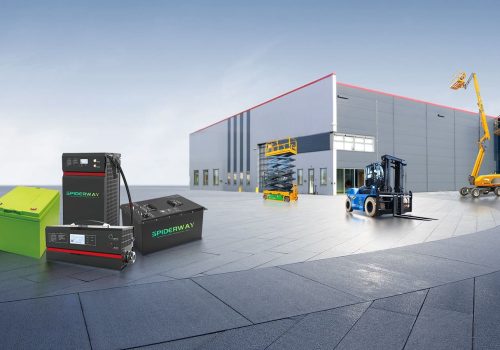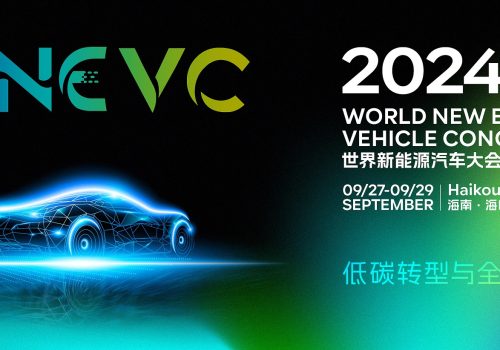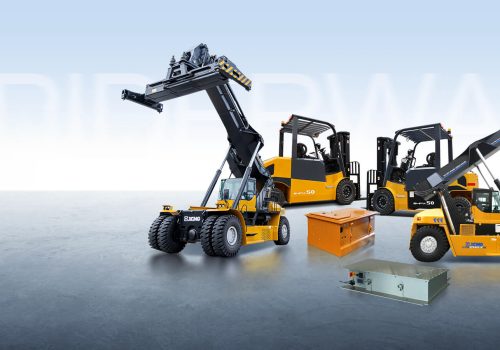
October 2024 has been a pivotal month for the global power battery industry, marked by technological advancements, strategic partnerships, and significant market movements. This article summarizes the major events shaping the sector and highlights the emerging trends that are influencing the future of energy storage.
1. Breakthroughs in Battery Technology
In October, several major power battery manufacturers announced significant technological advancements. A notable innovation came from a leading Asian company, which unveiled a new solid-state battery prototype. This technology promises improved energy density and safety, addressing long-standing concerns related to battery performance in electric vehicles (EVs). Such innovations are critical for meeting the increasing demand for efficient energy storage solutions.
2. Expansion of Manufacturing Facilities
To keep pace with the soaring demand for power batteries, manufacturers are ramping up production capacities. A prominent U.S. manufacturer disclosed plans to construct a new gigafactory in the Midwest, which is expected to create thousands of jobs and bolster local economies. In Europe, another key player is investing heavily in expanding its manufacturing capabilities, aiming to enhance production efficiency and support the rising demand for EVs.
3. Strategic Collaborations
Collaborative efforts between automakers and battery producers are gaining momentum. For instance, a major automotive brand announced a partnership with a leading battery manufacturer to develop next-generation power batteries. This collaboration is expected to accelerate innovation and improve the overall performance of electric vehicles, ultimately benefiting consumers and the environment.
4. Regulatory Changes and Support
Recent regulatory developments are favoring the growth of the power battery sector. Several countries are implementing incentives for the adoption of electric vehicles and energy storage systems. These initiatives aim to reduce greenhouse gas emissions and promote sustainable energy solutions, further driving demand for power batteries.
5. Market Insights
Market analysis indicates robust growth for the global power battery sector. Reports suggest that the market is poised for significant expansion, driven by the increasing adoption of electric vehicles and the need for renewable energy storage. The shift towards sustainable energy sources creates a conducive environment for battery manufacturers and suppliers.
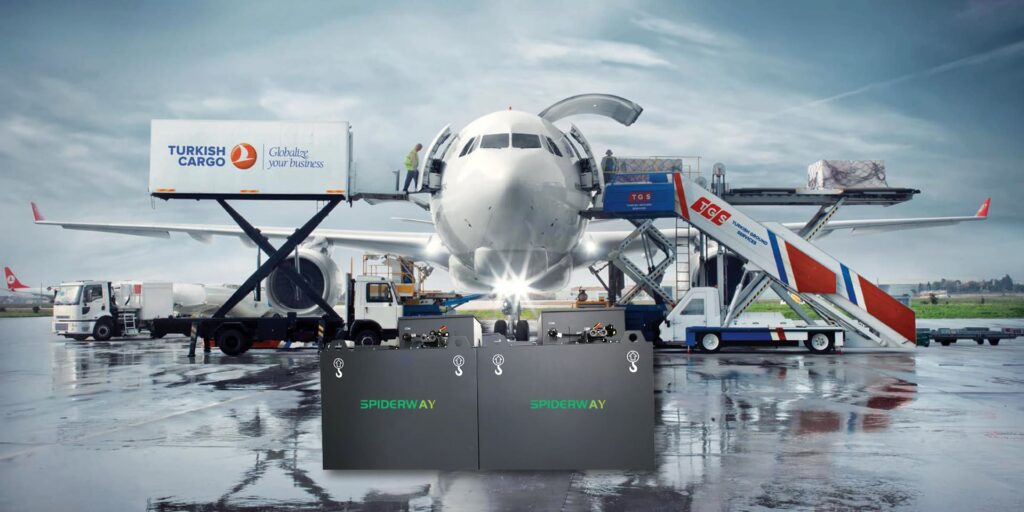
October 2024 has seen dynamic developments within the global power battery sector, characterized by technological advancements, production expansion, strategic partnerships, and favorable regulatory environments. These trends position the industry for substantial growth and innovation.
Introducing SPIDERWAY
At the forefront of the power battery market, SPIDERWAY is dedicated to providing high-quality LiFePO4 (Lithium Iron Phosphate) batteries tailored for various applications, including electric forklifts and industrial vehicles. Our products are renowned for their durability, safety, and efficiency, making SPIDERWAY a trusted choice among manufacturers and end-users.
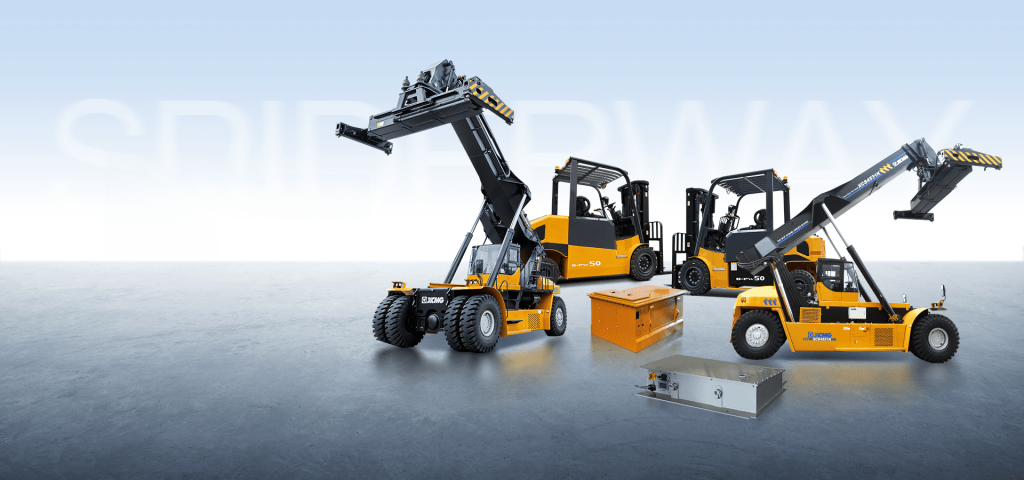
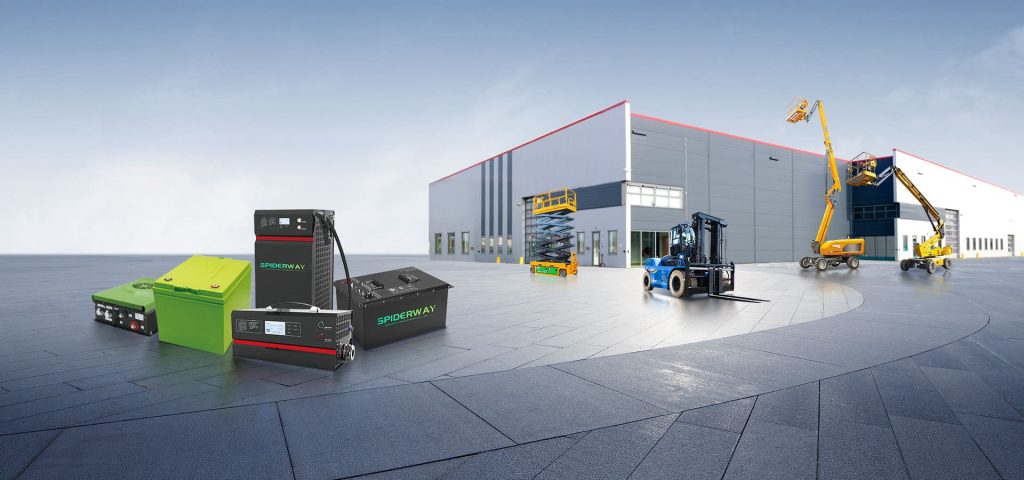
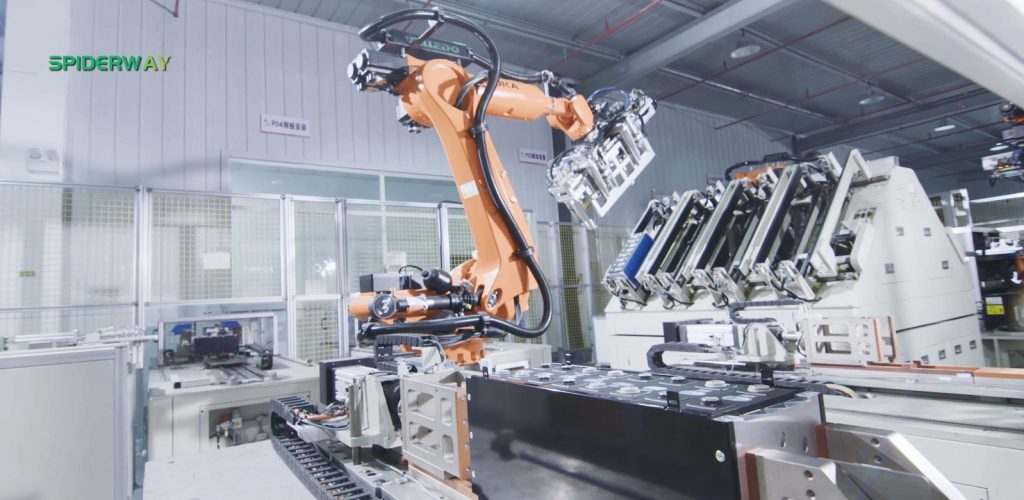


With a commitment to excellence and innovation, SPIDERWAY stands out as a leading power battery brand, ready to meet the evolving demands of the market.
Content Keywords: power battery, global power battery, power battery brands, power battery manufacturers, power battery factories.

